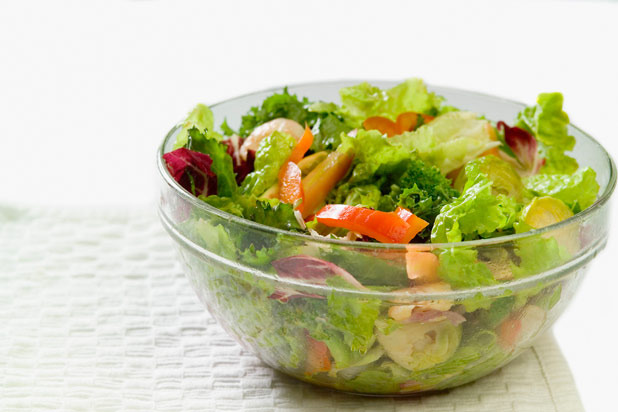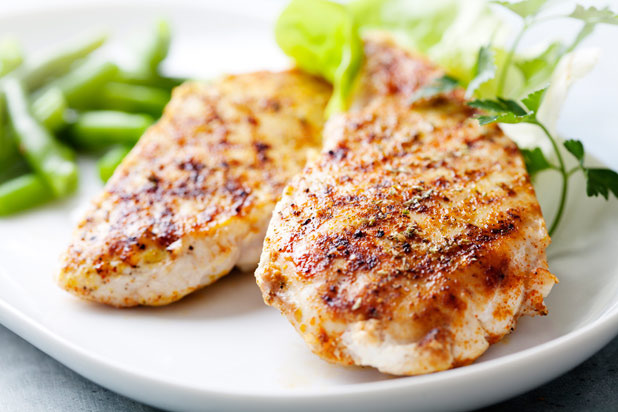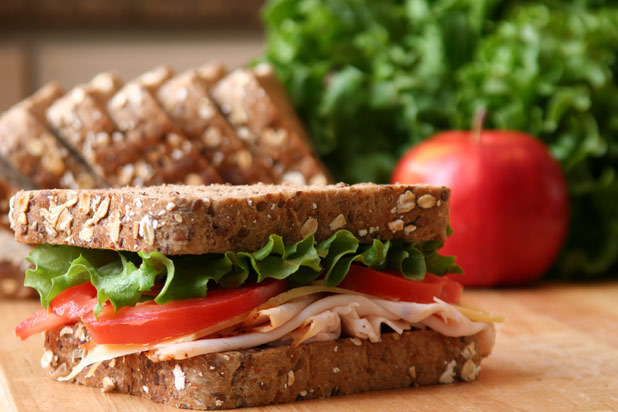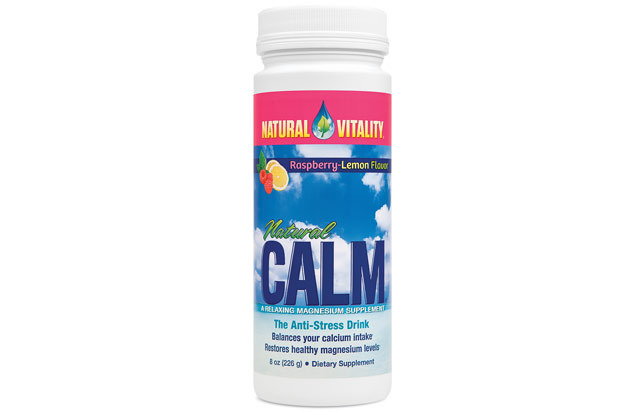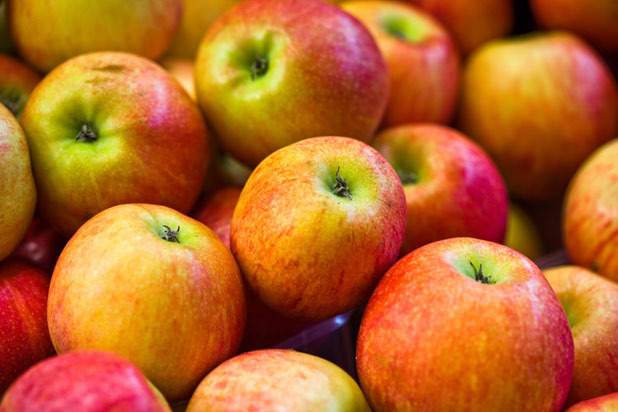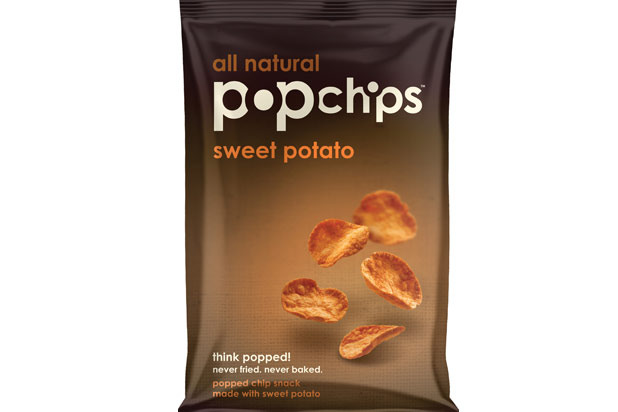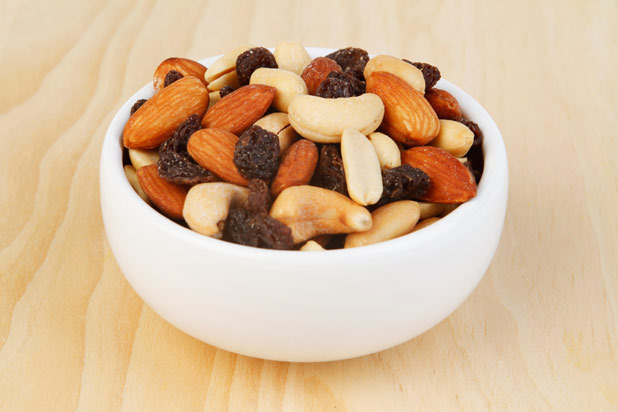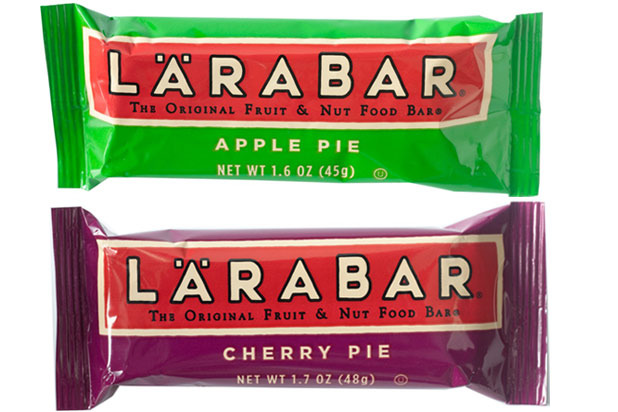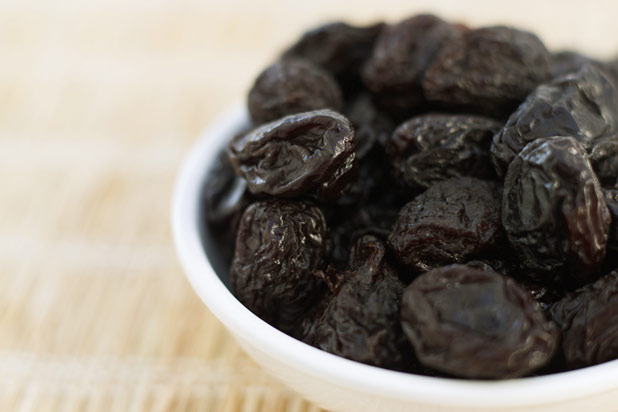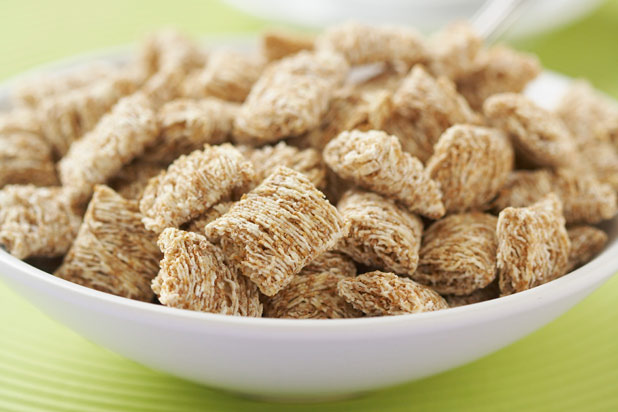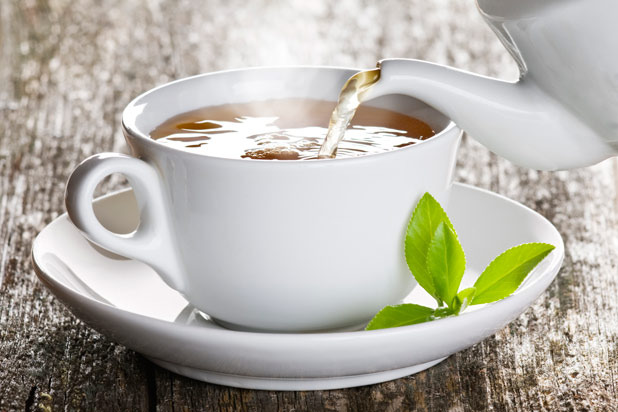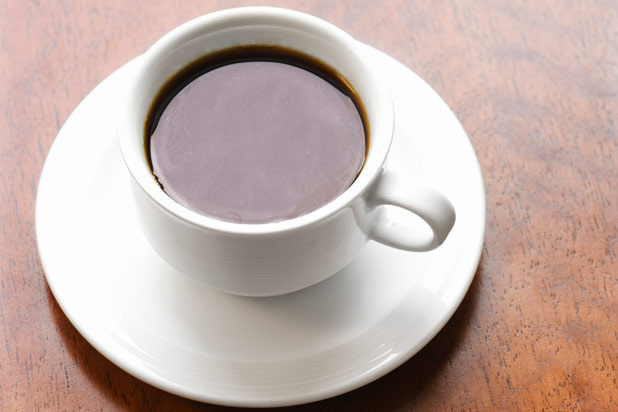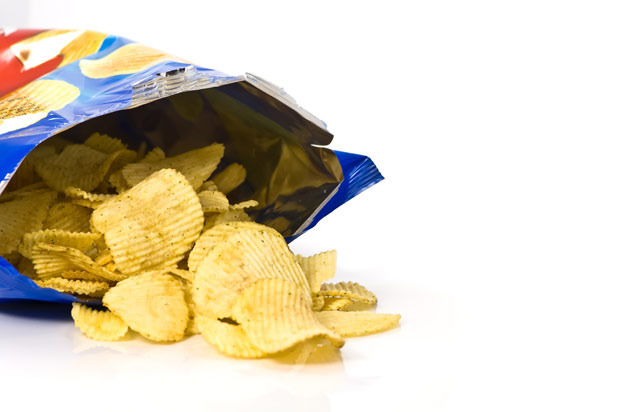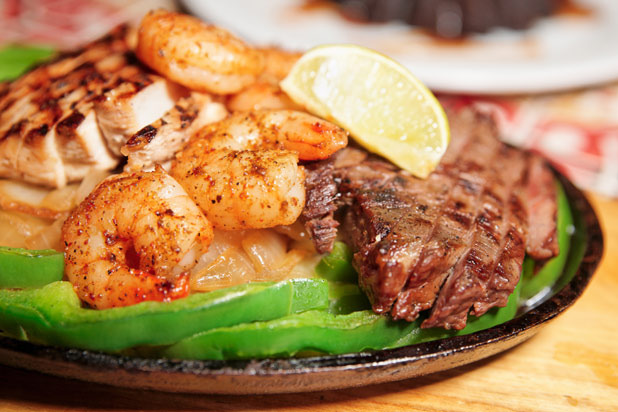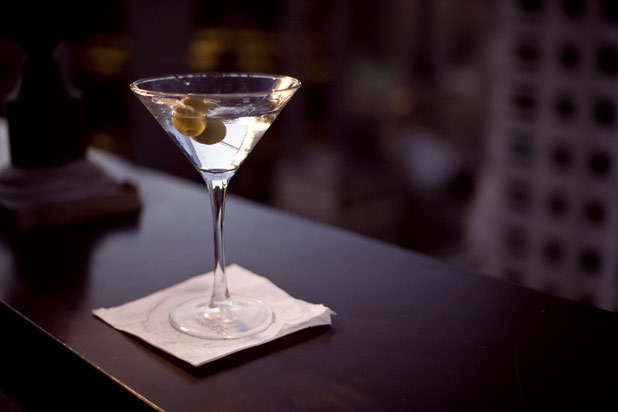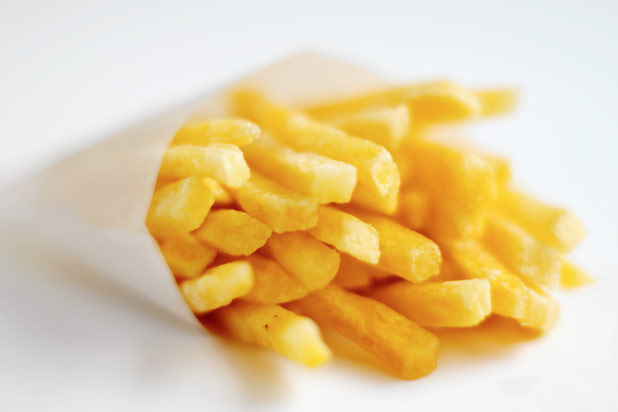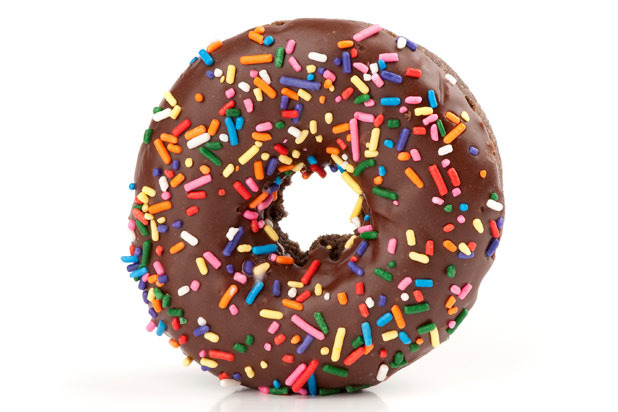12 Things To Eat And Drink When Taking A Red-Eye
3) Raw Vegetables and Salads
Before taking a red-eye flight, "Try to eat a balanced, healthy, full meal," says Charles Platkin, editor of Diet Detective, especially one including vegetables. "Even grabbing a salad in the airport will prevent you from opting for food served on the plane that's loaded with sodium, fat, and who knows what else," adds Brooke Alpert of B Nutritious. Keep in mind, though, that if packing raw vegetables for the flight, "avoid foods that may give you gas, such as beans, broccoli, or cauliflower, as it may become painful in flight," Tseng reminds us.
2) Incorporate Lean Protein Into Your Preflight Meal
Lean protein is also a recommended component of a balanced and healthy pre-travel meal. If you're eating out in the airport before your flight, choose items like boneless skinless chicken breast, egg whites, or fish. Foods rich in protein can also help offset the effects of any sugary snacks you might have succumbed to in the airport, according to Platkin.
8) Sandwiches
A sandwich is the easiest thing for most people to grab in the rush between security and the gate, but it doesn't have to wreck your nutrition goals. "Chicken, turkey, cold cuts, and cheese (on 100 percent whole-wheat bread) are all great options for sandwiches on the go," Platkin suggests. If you've thought ahead well enough to pack your own sandwich, pre-cut it so that you can enjoy it in flight without making a mess.
12) Natural Relaxer Dietary Supplement
Instead of resorting to a sleeping pill, Alpert suggests a natural relaxer like Natural Vitality's Natural Calm. "It's a magnesium supplement powder that you mix into hot water and drink like tea. It helps you relax to go to sleep, aids with speeding up your digestive system which slows down on a flight, and won't make you groggy or have strange behavior à la Bridesmaids."
4) Fruit
Platkin suggests packing fruit like apples and oranges "that can withstand some rough treatment. You can even bring a banana if you put it in a container such as a banana saver." Even the pricey fruit cups in the airport are a better, healthier alternative to what is served on the plane.
10) Soy Chips and PopChips
Those soy chips or popcorn chips like the PopCorners popcorn chips found on Jet Blue flights (http://www.jetblue.com/flying-on-jetblue/snacks-and-drinks/) or Popchips are good snack options that are low in calories and high in fiber.
5) Nuts and Seeds
Nuts and seeds are excellent options for both before and after your flight. "They're a good source of protein, and they help fend off hunger," says Platkin. "Portion them into 1-ounce bags (about 160 calories each)," or grab a bag of mixed nuts in the airport. Remember to choose unsalted nuts if possible, as extra sodium can cause uncomfortable bloating.
9) Energy Bars
Though energy bars are high in protein and fat, they're a better snack alternative to the unhealthy processed food found in most airports. "Look for energy bars made from natural, healthy ingredients, like Larabars," says Platkin.
6) Dried Fruit
Instead of one large meal, "consume small, frequent meals or snacks," says Stuppy. Dried fruit or all-natural fruit roll-ups are a healthy and easy-to-pack option. Just don't overdo it: "Dried fruit is high in calories, and should be eaten in moderation," Platkin advises.
11) Low-Calorie Cereal
Pack cereals that are low in calories and full of whole grains for easy, healthy snacking. "Look for low-calorie cereal in a cup," Platkin suggests. "It's portion-controlled in 1.5-ounce packs that are easy to store and easy to use."
1) Water
It sounds like a given, but nutritionists couldn't stress enough the importance of staying hydrated before, during, and after a red-eye flight. "Stay well-hydrated starting several days before the flight," advises nutrition consultant Pam Stuppy. "Dehydration can cause or exacerbate hunger, jet lag and fatigue," adds Platkin.
7) Tea
Depending on your strategy during a red-eye, various types of tea can help prepare your body for sleep or wakefulness. Dr. Fuller recommends herbal tea for those who choose not to eat during a long flight as one way to "optimize your internal environment" when not eating. Finally, drink green tea prior to landing, says Alpert. "It will help wake up your system and alert your body that it's now morning."
What to Avoid: Coffee
Use caffeine wisely. "Caffeine intake depends on the timing of the flight and time zones," says nutrition consultant Pam Stuppy.
What to Avoid: Processed Foods
Processed foods can contribute to discomfort and bloating. There are definitely some things that are better than others to "indulge" in. Raw vegetables and salads, lean proteins, dried fruits, for example.
What to Avoid: Spicy Foods
Like processed foods, spicy foods can contribute to discomfort and bloating. When traveling, as hard as it might be to resist the indigenous spicy street food, at least try to counterbalance with some of the following recommendations.
What to Avoid: Alcohol
As tempting as it is to have that pre-flight martini, avoid alcohol, because "it interferes with a good sleep, which is not easy to do on a plane as it is," advises Charles Platkin, editor of Diet Detective and professor of nutrition at Hunter College.
What to Avoid: Salty Foods
Indulging in junk food during travel is, for most of us, inevitable, so Brooke Alpert of B Nutritious.recommends a "clean eating day" the day before and after your trip "to compensate for those traveling slipups." One of those slipups to avoid? Salty foods.
What to Avoid: Sugary Foods
Another slipup that can put you in a weaker spot than if you'd just have fasted? Sugary foods. Dr. Patrick Fuller at Harvard Medical School has done extensive research studying the effects of nutrition on sleep cycles. "The pattern of feeding can change regulation of your system in some cases more potently and rapidly than light," says Fuller. And think about it, "While fasting seems hard to do, all you're really sacrificing is airplane food."
